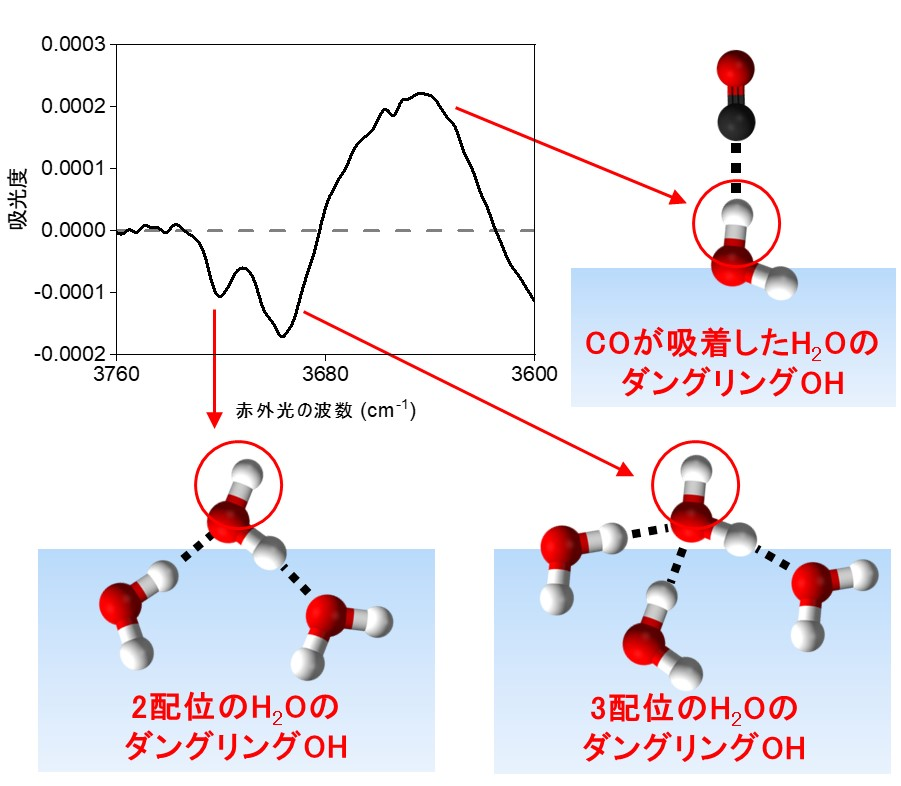2024+-07-10 プリンストン大学
<関連情報>
- https://engineering.princeton.edu/news/2024/07/10/better-mixing-leads-faster-reactions-key-chemicals
- https://www.pnas.org/doi/10.1073/pnas.2320962121
弾性不安定性を利用して多孔質媒体中の混合と反応速度論を強化する Harnessing elastic instabilities for enhanced mixing and reaction kinetics in porous media
Christopher A. Browne and Sujit S. Datta
Proceedings of the National Academy of Sciences Published:July 9, 2024
DOI:https://doi.org/10.1073/pnas.2320962121

Significance
Turbulent flows are frequently used to mix solutes; a familiar example is stirring cream into coffee. However, many energy, environmental, and industrial processes rely on the flow and mixing of solutes in porous media, where confinement suppresses inertial turbulence. As a result, mixing is drastically hindered, with negative consequences for processes ranging from chemical production to environmental remediation. Here, we show that adding dilute, flexible polymers to the fluid provides a simple, robust, and versatile way to overcome this limitation. Using imaging, we demonstrate that when a polymeric fluid is injected into a porous medium, the interplay between flow and polymer stretching produces chaotic, turbulent-like flow fluctuations—greatly enhancing solute mixing and chemical reaction yield in a quantitatively predictable manner.
Abstract
Turbulent flows have been used for millennia to mix solutes; a familiar example is stirring cream into coffee. However, many energy, environmental, and industrial processes rely on the mixing of solutes in porous media where confinement suppresses inertial turbulence. As a result, mixing is drastically hindered, requiring fluid to permeate long distances for appreciable mixing and introducing additional steps to drive mixing that can be expensive and environmentally harmful. Here, we demonstrate that this limitation can be overcome just by adding dilute amounts of flexible polymers to the fluid. Flow-driven stretching of the polymers generates an elastic instability, driving turbulent-like chaotic flow fluctuations, despite the pore-scale confinement that prohibits typical inertial turbulence. Using in situ imaging, we show that these fluctuations stretch and fold the fluid within the pores along thin layers (“lamellae”) characterized by sharp solute concentration gradients, driving mixing by diffusion in the pores. This process results in a 3× reduction in the required mixing length, a 6× increase in solute transverse dispersivity, and can be harnessed to increase the rate at which chemical compounds react by 5×—enhancements that we rationalize using turbulence-inspired modeling of the underlying transport processes. Our work thereby establishes a simple, robust, versatile, and predictive way to mix solutes in porous media, with potential applications ranging from large-scale chemical production to environmental remediation.



